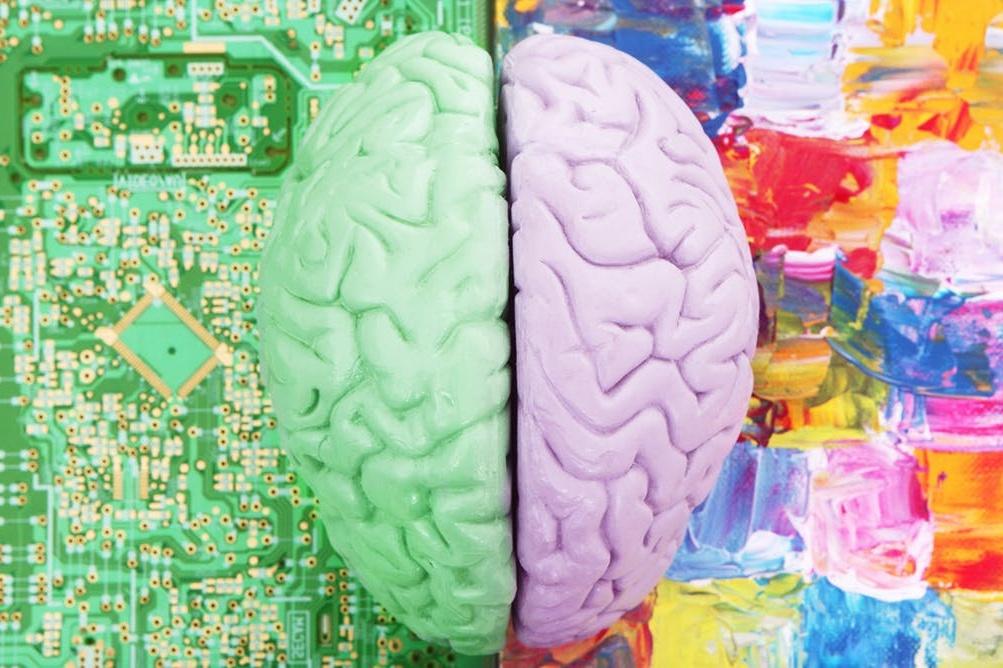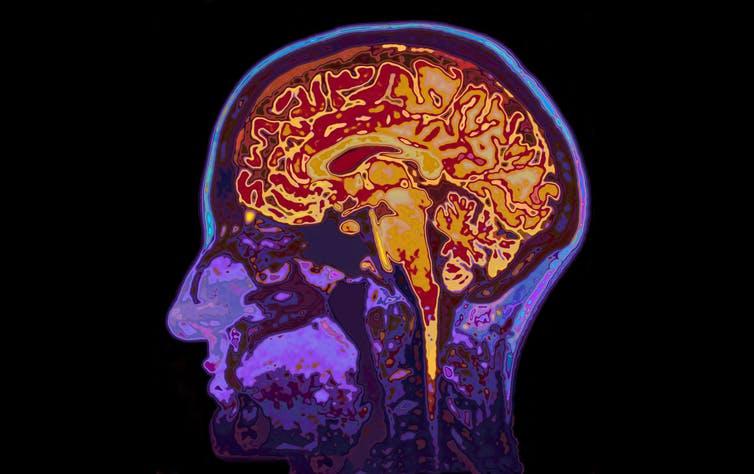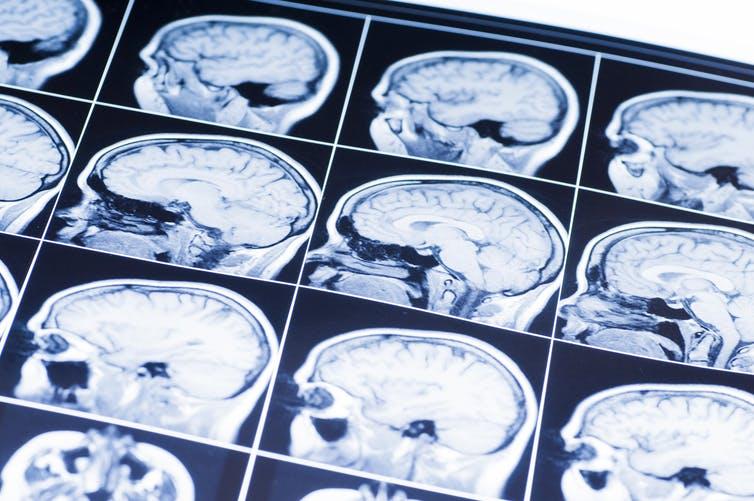How neuroscience is unlocking the mysteries of the teenage brain
When it comes to neuroscience, there’s no such thing as an ‘average’ teenager

Your support helps us to tell the story
From reproductive rights to climate change to Big Tech, The Independent is on the ground when the story is developing. Whether it's investigating the financials of Elon Musk's pro-Trump PAC or producing our latest documentary, 'The A Word', which shines a light on the American women fighting for reproductive rights, we know how important it is to parse out the facts from the messaging.
At such a critical moment in US history, we need reporters on the ground. Your donation allows us to keep sending journalists to speak to both sides of the story.
The Independent is trusted by Americans across the entire political spectrum. And unlike many other quality news outlets, we choose not to lock Americans out of our reporting and analysis with paywalls. We believe quality journalism should be available to everyone, paid for by those who can afford it.
Your support makes all the difference.How would you describe an average teenager? For most people, the following characteristics might come to mind: moody, impulsive, risk taking, likely to succumb to peer pressure.
While it’s clear that adolescence is a period of life that is rife with stereotypes, there is some truth to the clichés. Many neuroscience studies have now established that there are significant changes happening in the brain in adolescence. And the things that teenagers are often derided for – like their risk taking and vulnerability to peer pressure – are actually rooted in changes occurring in the brain. There’s just one problem with this: plenty of teenagers don’t fit the stereotypes.
We all know from personal experience that the way teenagers think and act can vary widely depending on which teenager you’re talking about. But despite this, the vast majority of studies to date have focused on averages: what happens on average to the brain during adolescence, or how do adolescents behave and feel on average?
Relying on averages in this way has an important statistical benefit: researchers are more likely to be able to detect a genuine effect if they average their findings across lots of participants. But the obvious cost is that these general findings don’t apply to everyone.
Understanding individual differences
In a recent paper, my colleagues and I argue that this needs to change. From now on, adolescent brain research needs to give more attention to these important variations between teenagers – what is known in the field as “individual differences”.
Besides documenting that all teenagers are different, we also need to start understanding why this is the case. Studies already investigating this have shown that genetics, nutrition, parenting and mental illness all affect the way our brain develops and the way we behave in adolescence. And in our latest paper, we looked at three other factors that might affect brain development: socioeconomic status, relationships with peers and culture.

Socioeconomic status is a measure of a person’s social and financial standing in society, and is often gauged by their parents’ education level and the overall family income. Research has already found that your brain develops differently across adolescence depending on your socioeconomic status. But what we don’t fully understand yet is why. It might be, for example, that being brought up in a lower income environment is more stressful or is linked to different types of nutrition, and that these in turn affect brain development, but more studies need to be conducted on this topic.
Classmates and culture
The kind of relationships that adolescents have with their classmates also affects brain activity. Adolescents with a history of being bullied, for example, show different patterns of brain activation to certain social information – their brains appear to be more sensitive to the experience of being left out. By the same token, having lots of friends and a history of being liked by classmates also affects brain activation, and may make you more resilient to developing mental health problems.
Across the world, adolescents also grow up in vastly different cultures, which affects many aspects of their lives – from how many years they spend studying, to when they get married and even how much time they spend with their families.
Recently, scientists have become interested in how this might mirror differences in adolescents’ brains. We already know that adults from different cultures show interesting differences in their brain activity and brain structure, and this is now starting to be investigated in adolescents.
Just your average teenager
The reason why most adolescent brain research hasn’t look at individual differences yet is partly because the field is only about 20 years old, and new research areas need to start with the basics – the averages – before they attempt to understand the nuance.

There are also practical reasons. Brain imaging technology to date has not been good enough to map exactly how specific factors like peer relationships might affect brain development. Then there is also the fact that to have enough power to detect reliable findings, large sample sizes are needed.
This means hundreds, sometimes thousands, of teenagers. At the moment a brain scan costs about £500 per hour, so sample sizes are very often limited by cost. One way to resolve this issue is for scientists to share their data with each other, and this is now starting to happen.
All brains are different
Recognising that all adolescents are different has really important implications for things like education or advertising. If, for example, the way in which adolescents learn is dependent on their specific pattern of brain development, then educational strategies that are based on averages will only have limited use.
Similarly, advertising campaigns for things like sexual health, if based on the studies that are averaged across participants, will work for some adolescents but not others.
The sooner we understand the difference between adolescents, the sooner we can integrate this information into schools and policy. This is important, because after all, there’s no such thing as an average teenager, and we need to remember this as we continue to refine our understanding of the adolescent brain.
Lucy Foulkes is a lecturer of psychology in education at the University of York. This article was originally published on The Conversation (theconversation.com)
Join our commenting forum
Join thought-provoking conversations, follow other Independent readers and see their replies
Comments